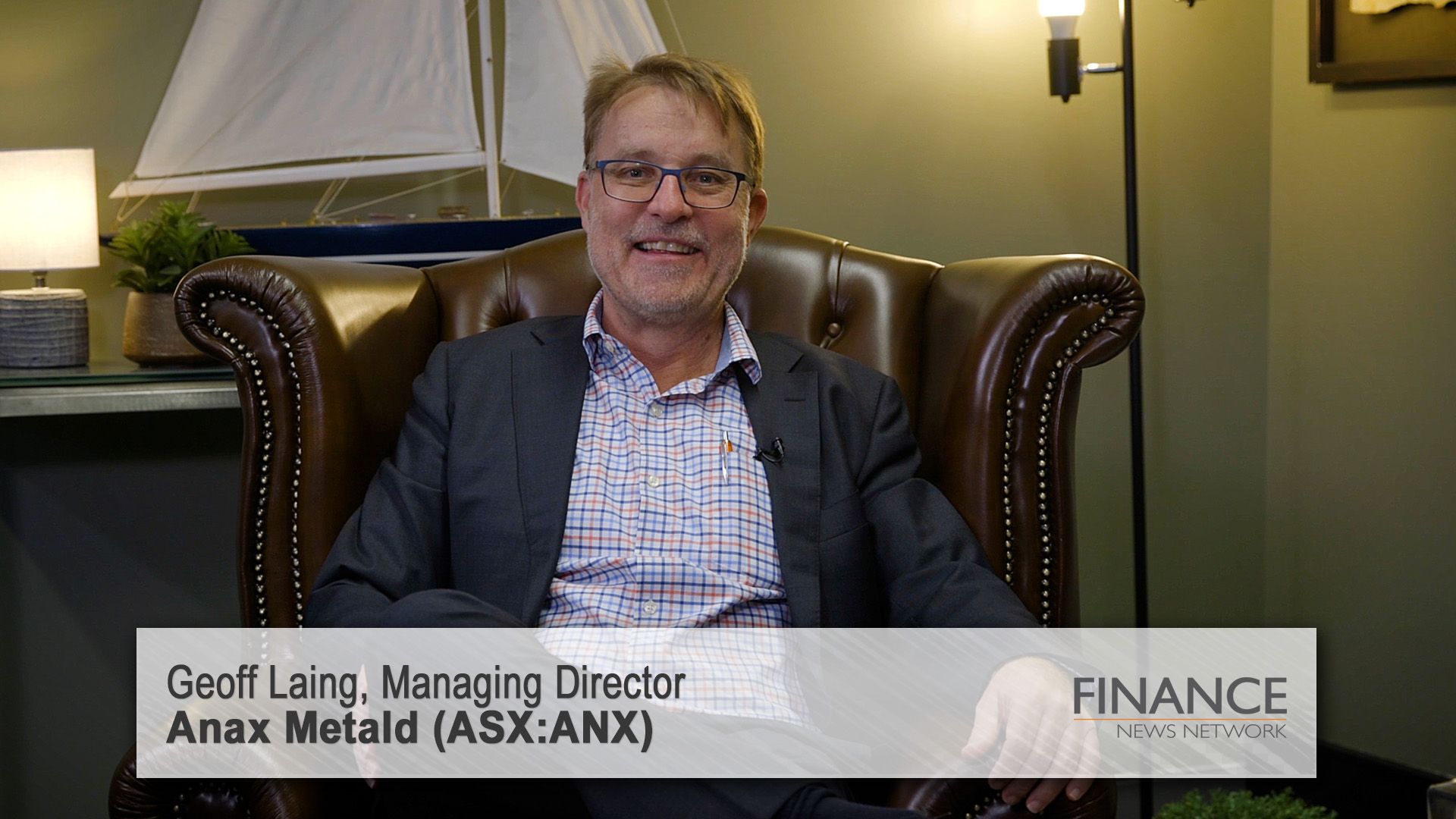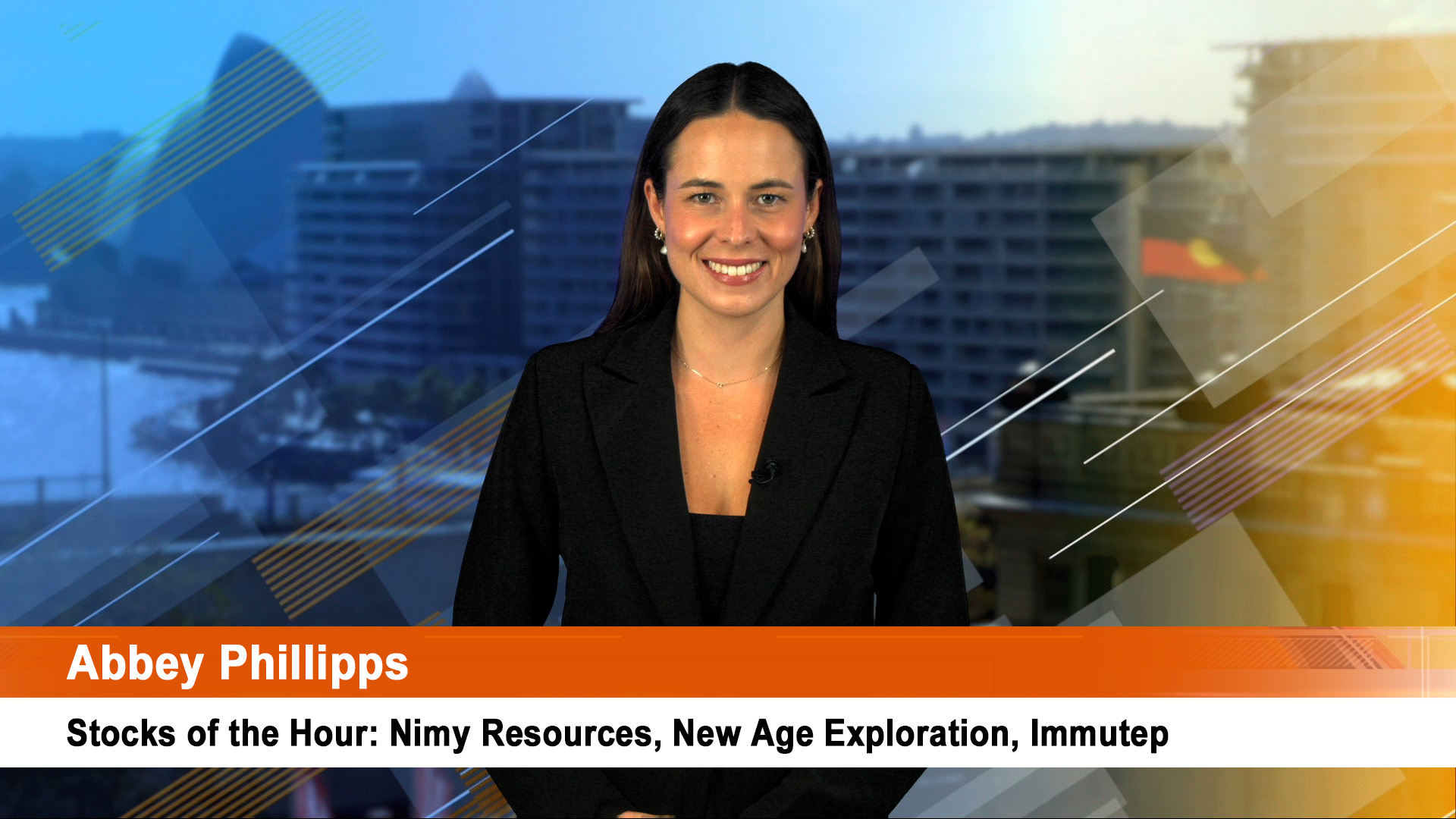Westpac’s (WBC) new strategy under CEO Brian Hartzer left investors underwhelmed yesterday with the bank’s shares slipping 0.4% to $29.80.
Investors noted, but didn’t enthuse about the bank’s plans to expand investment 20% to $1.3 billion a year, while cutting costs, grabbing a million new customers and maintaining its 15% plus return on equity.
The investment represents a boost of around $200 million a year and was described by some analysts as being more evolutionary than revolutionary.
As well as the new customers, the bank wants to cut its cost-to-income ratio below 40% from the March half year level of 42.5%. Expense growth will be limited to 2% to 3% (which is well in excess of current inflation levels).
Mr Hartzer said the bank was developing a new “customer service hub” to get a full digital view of customer interaction with the bank and that its “new look” branches would account for 55% of the branch network within three years.
There was no mention of cutting the number of branches (even though the bank has been urged to do that by greedy analysts). Nor was there any mention of job losses – either through attrition or retrenchments – and yet there will have to be some losses if the ambitions about the centralising of operations, new look branches and cost cuts are to be realised.
While analysts have urged Westpac to close a fair whack of its 11,000 plus branches, Mr Hartzer said yesterday the bank will cut costs by reducing the physical size of branches by 25%-30%, with 550 stores to be converted to the new format in the next three years.
“Yes, branch numbers will continue to come down but the real productivity opportunity is in the movement … to smaller average sites that have a lower cost associated with products and transactions and more revenue generation through the quality of conversations that we’re able to have,” he told a briefing yesterday.
Despite the regulators pushing the big banks to start boosting their capital requirements (which will pressure returns on equity and net interest margins), Mr Hartzer reaffirmed the bank’s return on equity (ROE) of above 15%. At the March half-year results, Westpac’s ROE was 15.8%.
Westpac raised $2 billion in May through its dividend reinvestment program, and sold down part of its stake in BT Investment.
The extral $200 million in investment spending will be “directed towards growth, service and efficiency initiatives,” Westpac said in yesterday’s statement by “concentrating our spend on technology, on digital, on simplification, as we hone our focus on service".
"By investing in digital, we can use technology to redesign the customer experience, making things simpler, easier and better for our customers and our people," Mr Hartzer said.
"Banking is undergoing a transformational change. The measures we have outlined today will deliver a step change in the service we provide to customers, while at the same time improving our efficiency and productivity. We have set ambitious targets and we have a clear roadmap to get there,” he said.













